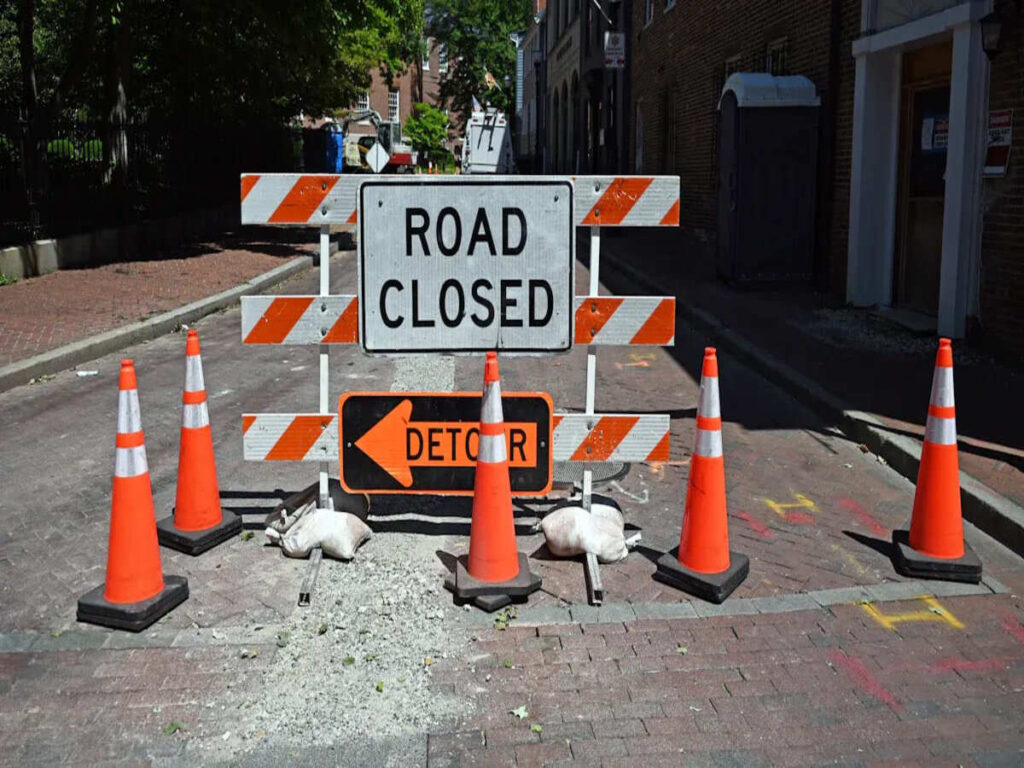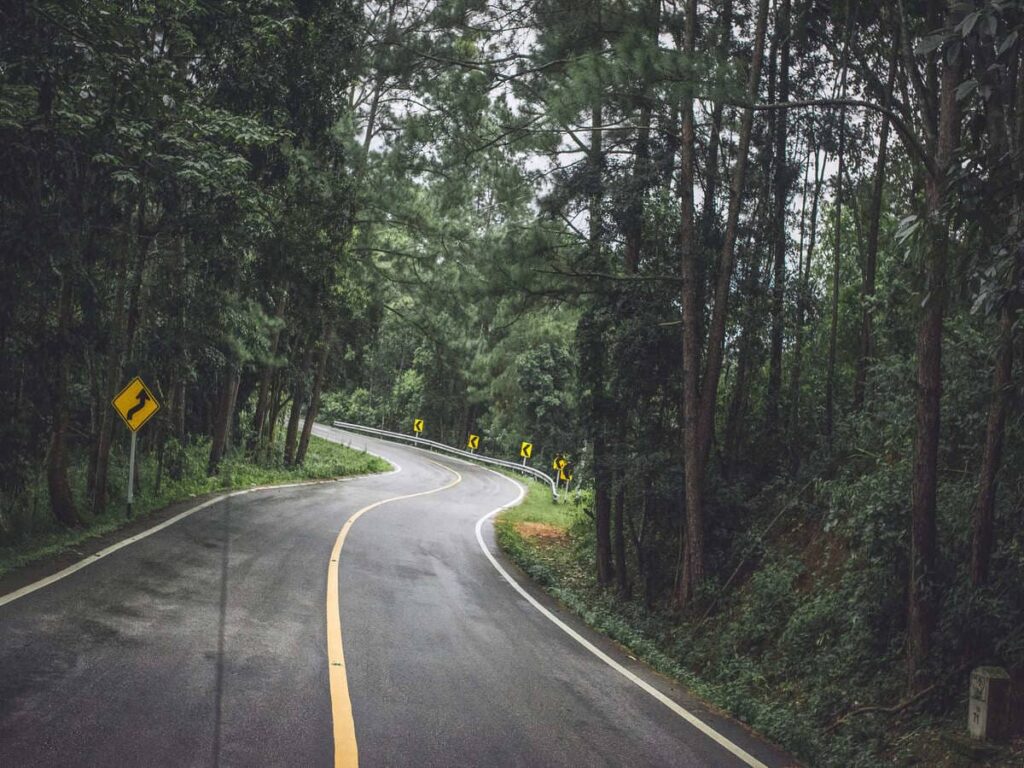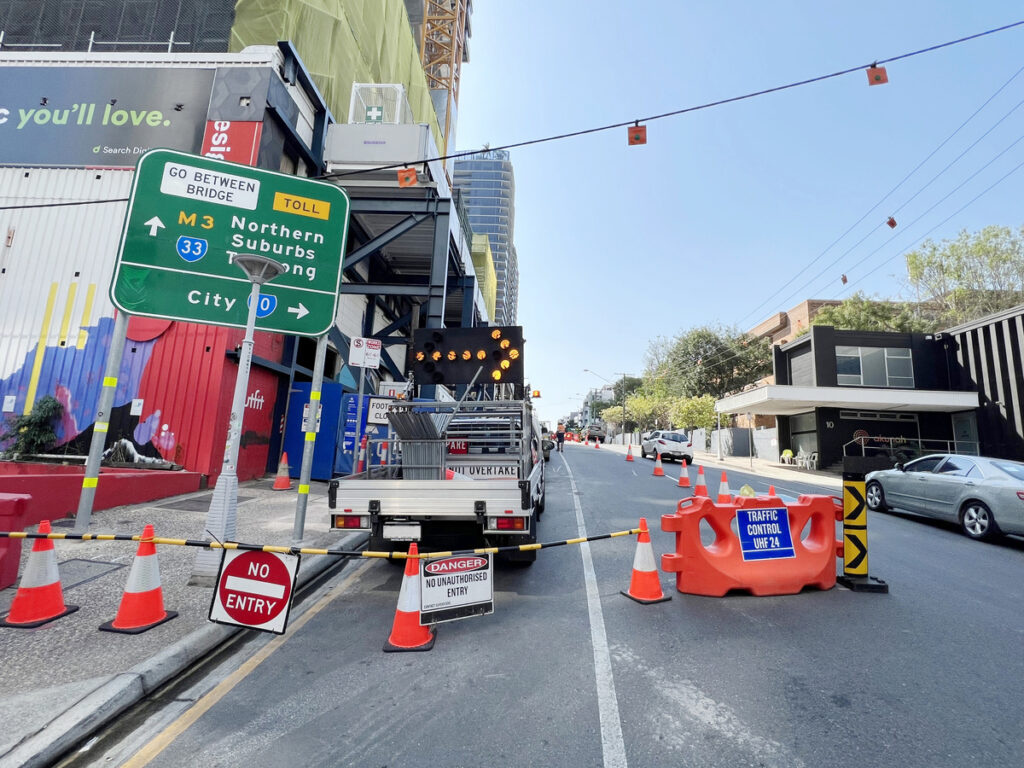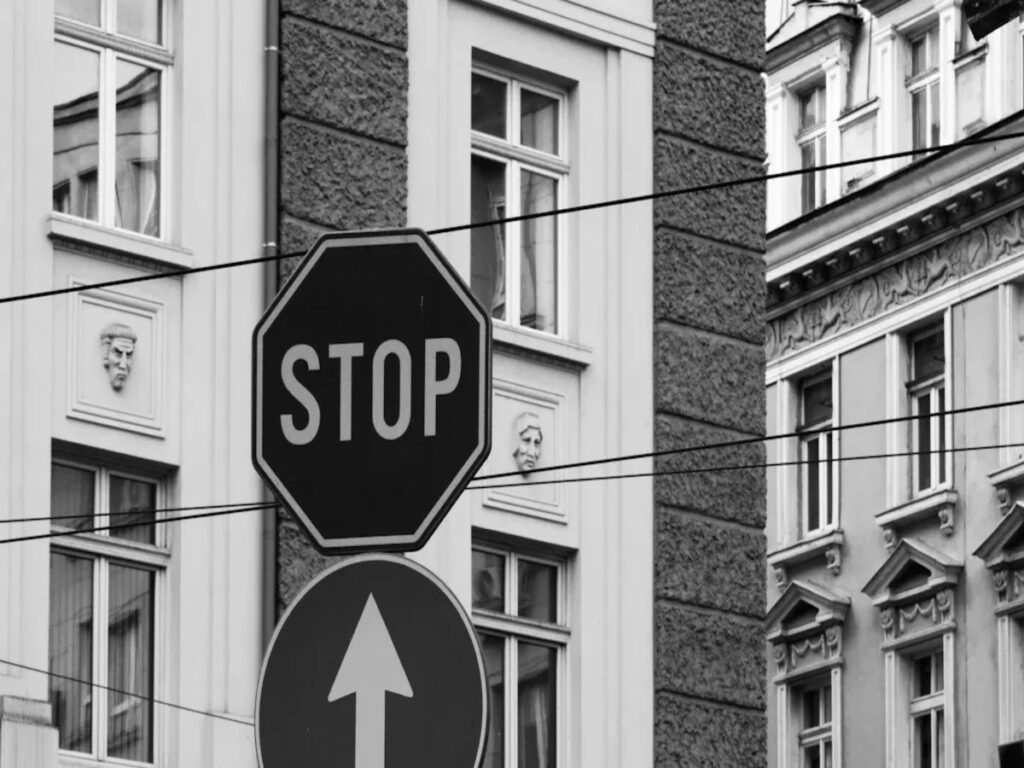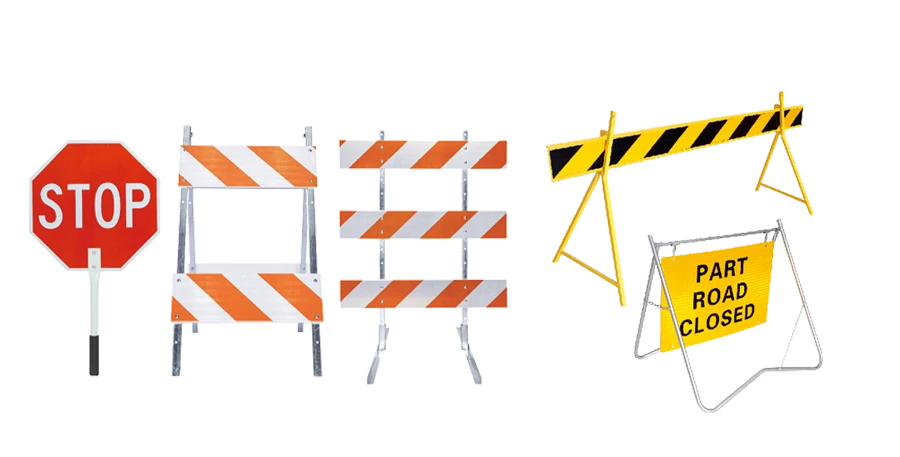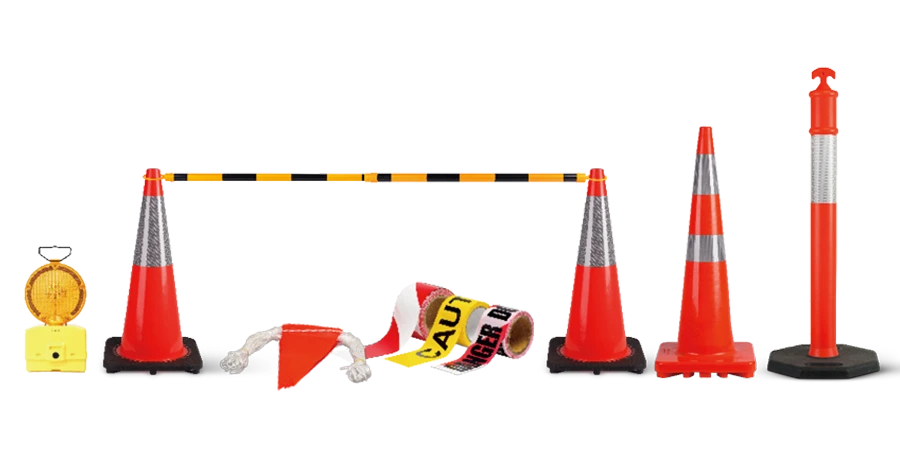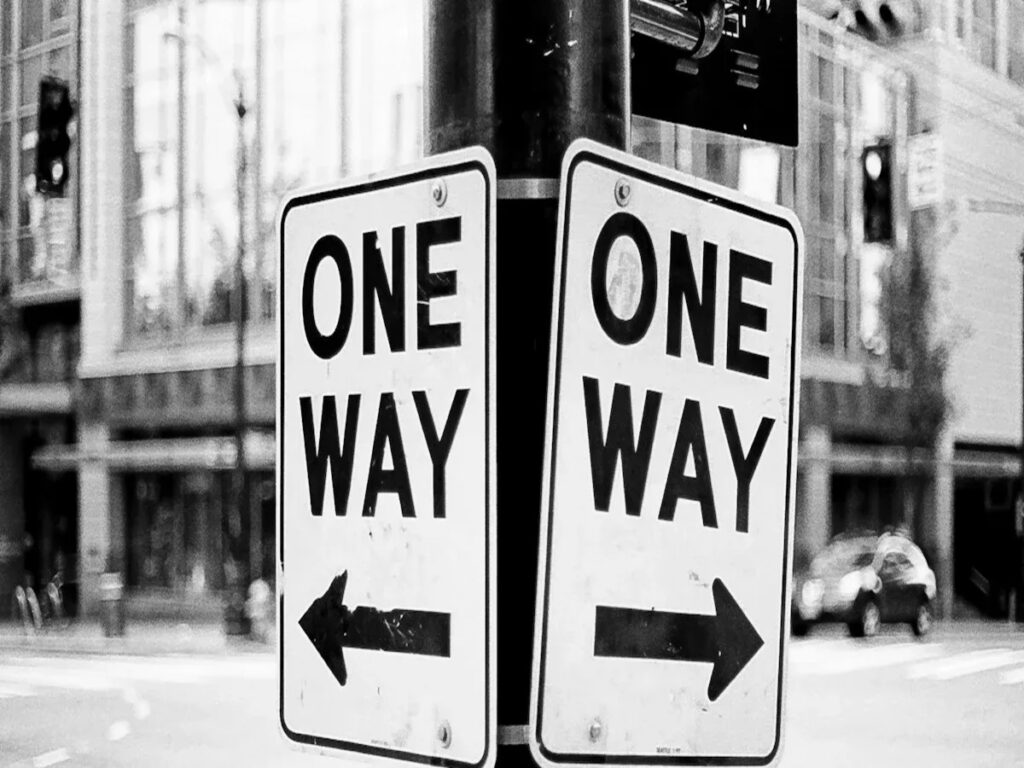
그만큼 균일 한 교통 통제 장치 매뉴얼, called MUTCD, makes rules for road signs in the United States. These rules help make signs clear and the same everywhere so drivers know what to expect. One way traffic signs must follow size and visibility rules to keep roads safe. 큰, easy-to-read signs help drivers see how traffic moves and stop confusion.
MUTCD Size Standards
Standard Dimensions
그만큼 mutcd sets clear rules for the size of one way traffic signs. The standard size for these signs is usually 30 inches wide by 24 높이 인치. 어떤 경우에는, the MUTCD allows a minimum size of 24 인치 단위로 18 inches for smaller roads or less busy areas. 더 큰 표시, ~와 같은 36 인치 단위로 24 신장, may be used on highways or places where drivers need to see the sign from farther away.
A table can help show the typical sizes for one way traffic signs:
| 도로 유형 | 최소 크기 (신장) | 표준 크기 (신장) | Larger Size (신장) |
|---|---|---|---|
| Local/Residential | 24 엑스 18 | 30 엑스 24 | 36 엑스 24 |
| Urban/Busy Roads | 30 엑스 24 | 36 엑스 24 | 48 엑스 36 |
| 고속도로 | 36 엑스 24 | 48 엑스 36 | 48 엑스 36 |
The MUTCD also requires a clear border around the sign. This border helps the sign stand out against its background. The width of the border must be at least 1 inch for smaller signs and can be wider for larger signs. The border makes the sign easier to see, especially in poor weather or at night.
Sign Shape and Layout
One way traffic signs use a rectangular shape with a horizontal layout. The sign shows a black arrow pointing in the direction of traffic flow. 단어 “편도” appear in white letters on a black background. This design helps drivers quickly understand the message.
Several factors make the layout of these signs important:
- Minimum letter and symbol sizes must match the speed of the road and how far away drivers will see the sign. Bigger letters and arrows help drivers read the sign quickly.
- 조명, such as reflective materials, improves how well drivers see the sign at night. Good lighting or reflective surfaces increase contrast and help drivers recognize the sign faster.
- Proper placement, 크기, 키, and lighting all work together to help drivers navigate safely. These features reduce the risk of confusion or unsafe driving.
- Research shows that small or poorly placed signs can make roads less safe. The design of the sign, including its shape and layout, plays a key role in making sure drivers see and understand the sign in time.
The MUTCD bases its rules on scientific studies about size and visibility. 이 표준을 따르면, one way traffic signs help keep roads safe for everyone.
메모: The MUTCD recommends using 재귀반사시트 for all regulatory signs. This material bounces light back to drivers, making the sign visible even in low light.
One Way Traffic Signs on Different Roads
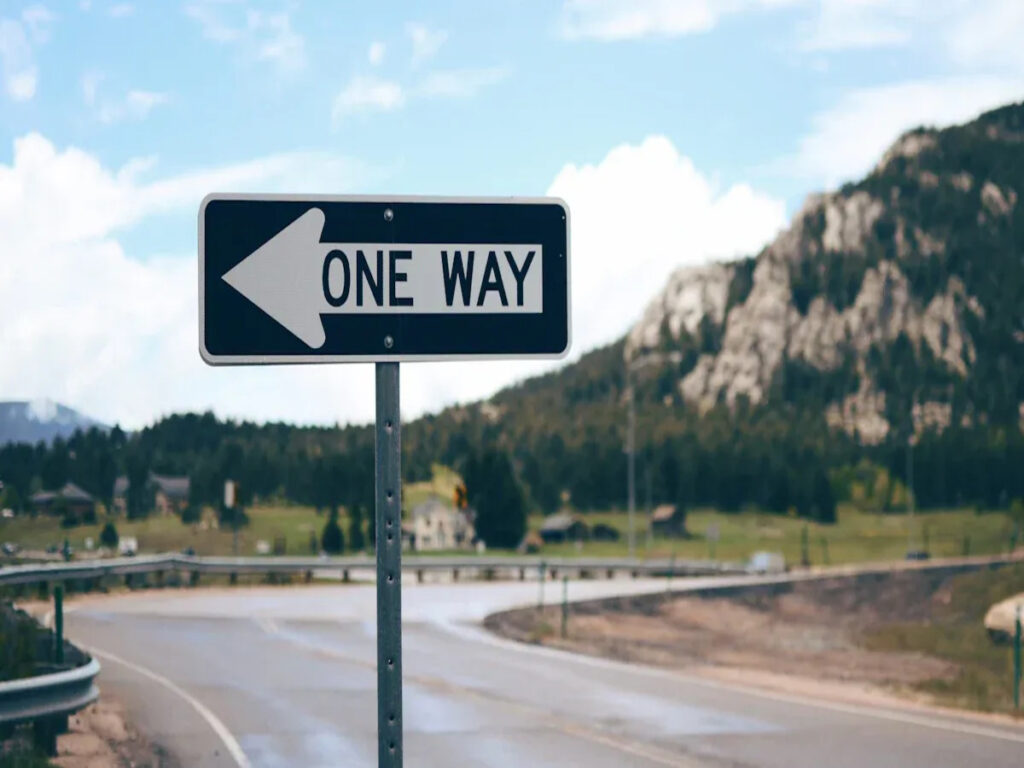
도시 대. 시골의
Urban and rural roads have different needs for one way traffic signs. 도시에서, streets often have more cars, more distractions, and taller buildings. Drivers need to see signs clearly, even from a distance or through busy intersections. 시골 지역에서, roads are usually less crowded and have fewer obstacles. The MUTCD does not set different numeric size rules for urban and rural signs. 대신에, it asks engineers to use their judgment to pick the right size for each location. The main difference comes in how high workers mount the signs.
| 측면 | Urban Roadways | Rural Roadways |
|---|---|---|
| 장착 높이 | 최저한의 7 ft from bottom of sign to curb or sidewalk on urban and rural divided highways | 최저한의 5 ft from bottom of sign to pavement edge on rural undivided highways |
| Sign Size Selection | Based on engineering judgment; larger sizes for busy roads | Based on engineering judgment; larger sizes for highways |
| Application Guidance | Signs placed for high visibility in busy settings | Signs placed for clear view in open areas |
Road Types and Speed Limits
The type of road and its speed limit play a big role in choosing the right size for one way traffic signs. On single-lane or low-speed roads, smaller signs may work well. On multi-lane roads or highways with higher speed limits, drivers need bigger signs to spot them in time. The MUTCD recommends using larger signs for expressways, 고속도로, 그리고 경사로. Engineers look at how fast cars travel and how many lanes the road has before picking a sign size. This helps drivers understand the message quickly and safely.
- Multi-lane roads or high-speed areas need larger signs.
- Lower speed or single-lane roads can use smaller signs.
- Ramps should use the same size signs as the main highway.
Placement Height
Mounting height affects how well drivers see one way traffic signs. The MUTCD sets different minimum heights for urban and rural roads. In cities and on divided highways, workers must mount signs at least 7 feet above the curb or sidewalk. On rural undivided highways, the minimum height drops to 5 feet above the pavement edge. These rules help keep signs visible above parked cars, 눈, or other obstacles.
팁: Always check the mounting height before installing a new sign. Proper height keeps signs easy to see and helps prevent accidents.
준수 및 설치
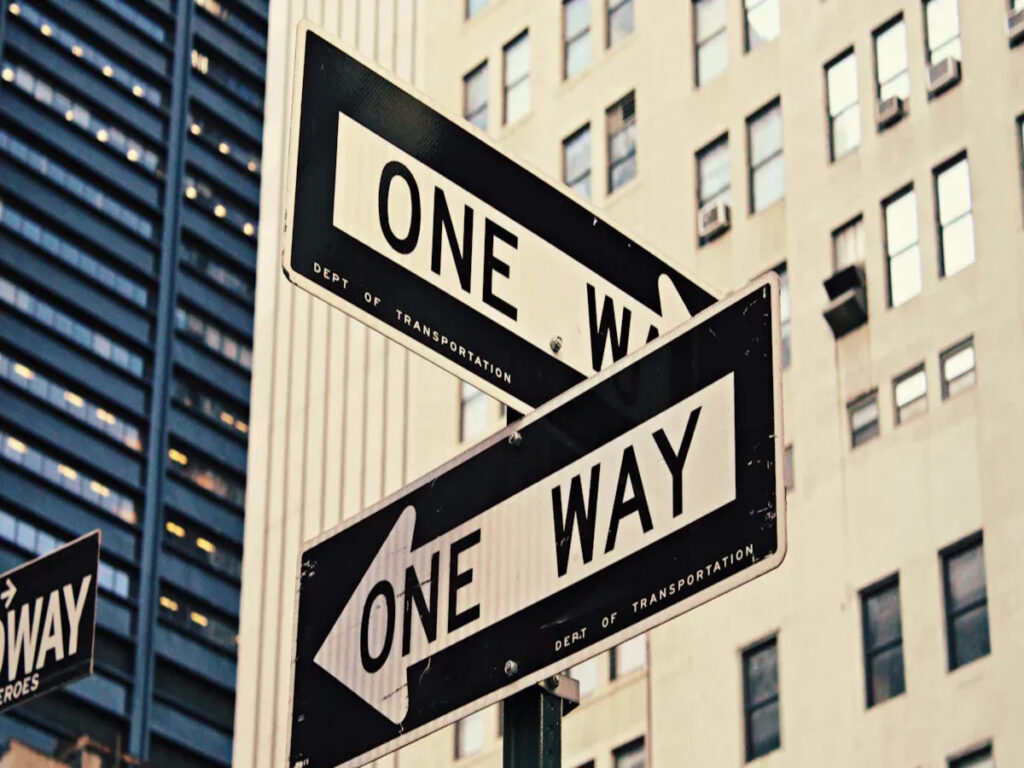
Placement and Direction
Putting one way traffic signs in the right spot helps drivers. It shows them which way to go and stops mistakes. The MUTCD says signs must be easy to see from where drivers come from. Workers should put signs where drivers have time to react. Signs should not be too close or too far from what they warn about. Things like trees or parked cars can block signs. 그래서, it is important to keep the view clear. Signs must face the cars coming toward them. They should use clear words and messages. 때때로, people put signs where drivers cannot see them. 다른 시간, the words are not clear or the sign is broken. These mistakes can confuse drivers and cause crashes.
팁: Always look for things that block the sign and make sure it faces the right way before putting it up.
Reflectivity and Materials
The MUTCD says all regulatory signs must be retroreflective. Retroreflective sheeting helps signs shine at night and in bad weather. 가장 일반적인 유형은 다음과 같습니다. 엔지니어 성적, 고강도 프리즘, 그리고 다이아몬드 등급. Diamond Grade is the brightest and is best for highways. All these types meet ASTM D4956 rules. Most one way traffic signs use aluminum alloy for the base. 이 금속은 녹슬지 않고 오래갑니다.. The kind of sheeting changes how bright the sign is and how long it lasts. Microprismatic sheeting is very bright and can last over 12 연령.
| 재료 유형 | 내구성 (연령) | 반사율 (CD/LX/m²) |
|---|---|---|
| Glass Bead | 5–7 | 50–75 |
| 미세 분산 | 12–15+ | 100–150 |
검사 및 유지 보수
Checking and fixing one way traffic signs keeps them working well. Agencies should make a plan for how often to check signs. This depends on the road and how many cars use it. Workers can use lists to check if signs are in good shape and easy to see. They should check signs during the day and at night. They need to look for faded colors, 손상, 또는 차단 된 견해. Workers can use tools or look at signs at night to check retroreflectivity. Fixing problems fast keeps signs easy to read. Agencies should write down when they check and fix signs. Training workers to find problems and letting people report issues also helps keep signs good.
메모: Signs that are checked and fixed often help drivers and make roads safer for everyone.
Customization and Special Cases
맞춤 표지판
Custom signs help cities, 사업, and owners meet special needs. They must still follow MUTCD rules. Many companies let you pick different reflective sheeting. Choices include Engineer Grade Prismatic, 고강도 프리즘, 그리고 다이아몬드 등급. Each type works best in certain light or traffic. Signs are made from strong 0.080″ 게이지 알루미늄. This metal can handle bad weather and lasts a long time. Buyers choose how reflective the sign should be. This keeps the sign easy to see day and night.
People can also pick from many sizes and materials. Some signs use premium aluminum. Others use heavy-duty plastic for special places. You can add your own text, 기호, 또는 로고. But these must follow strict rules. 예를 들어, logos must stay at least 10% away from the edge. Logos cannot cover important information. 그림 물감, 글꼴, and symbols must match MUTCD standards. Fonts like Highway Gothic or Clearview are used. Some signs have one face, others have two. This depends on where the sign will go. Extra features like UV coating or anti-graffiti layers help signs last longer. Special mounting hardware can also make signs easier to read.
팁: Always check local rules before you order custom signs. Some cities or states have extra rules for size, 색상, or where to put the sign.
Non-Regulatory Uses
Private properties, 주차장, and workplaces use signs that look official. These signs do not control public roads. Non-regulatory signs can look different, but they must still be safe and clear. Owners should use simple words like “Exit Only” or “Do Not Enter.” This helps drivers know what to do fast. Do not use confusing words or short forms.
Best practices for non-regulatory signs include:
- Use strong materials like aluminum or heavy-duty plastic so signs last.
- Pick bright colors or reflective surfaces so signs are easy to see.
- Follow rules from groups like MUTCD, OSHA, or ANSI so signs are clear.
- Choose the right size and design so drivers see the sign in time.
Some places use LED signs to help people see at night or in bad weather. Owners should check signs often and replace any that fade or break.
메모: Even on private property, clear and easy-to-see signs help stop accidents and keep people safe.
States change MUTCD size rules to match local needs like weather or road type. 표지판이 규칙을 따르지 않는 경우, 사고가 발생할 수 있습니다. Not following the rules can also cause legal trouble or loss of money. Agencies use MUTCD Section 2B.40 and federal grants to keep signs current.
Checking and updating signs often helps keep roads safe and follow the law. Agencies should always look at the newest rules to make sure signs are correct.
FAQ
What is the standard size for a MUTCD one way sign?
The standard size for a MUTCD one way sign is 30 inches wide by 24 높이 인치. Some roads may use a minimum size of 24 인치 단위로 18 신장. Highways often require larger signs for better visibility.
Why do one way signs need to be retroreflective?
Retroreflective signs help drivers see the message at night or in bad weather. The material bounces light from headlights back to the driver. This feature keeps roads safer for everyone.
Can a business use a custom one way sign on private property?
예, a business can use a custom one way sign on private property. The sign should still follow MUTCD guidelines for size, 색상, 그리고 반사성. 명확한 표시는 혼란과 사고를 방지하는 데 도움이됩니다.
How often should agencies inspect one way traffic signs?
Agencies should inspect one way traffic signs at least once a year. Regular checks help find faded, damaged, 또는 차단 된 표지판. Quick repairs keep roads safe and signs easy to read.
What happens if a one way sign does not meet MUTCD standards?
Non-compliant signs can confuse drivers and cause accidents. Agencies may face legal issues or lose funding. Following MUTCD standards helps keep everyone safe and avoids problems.

